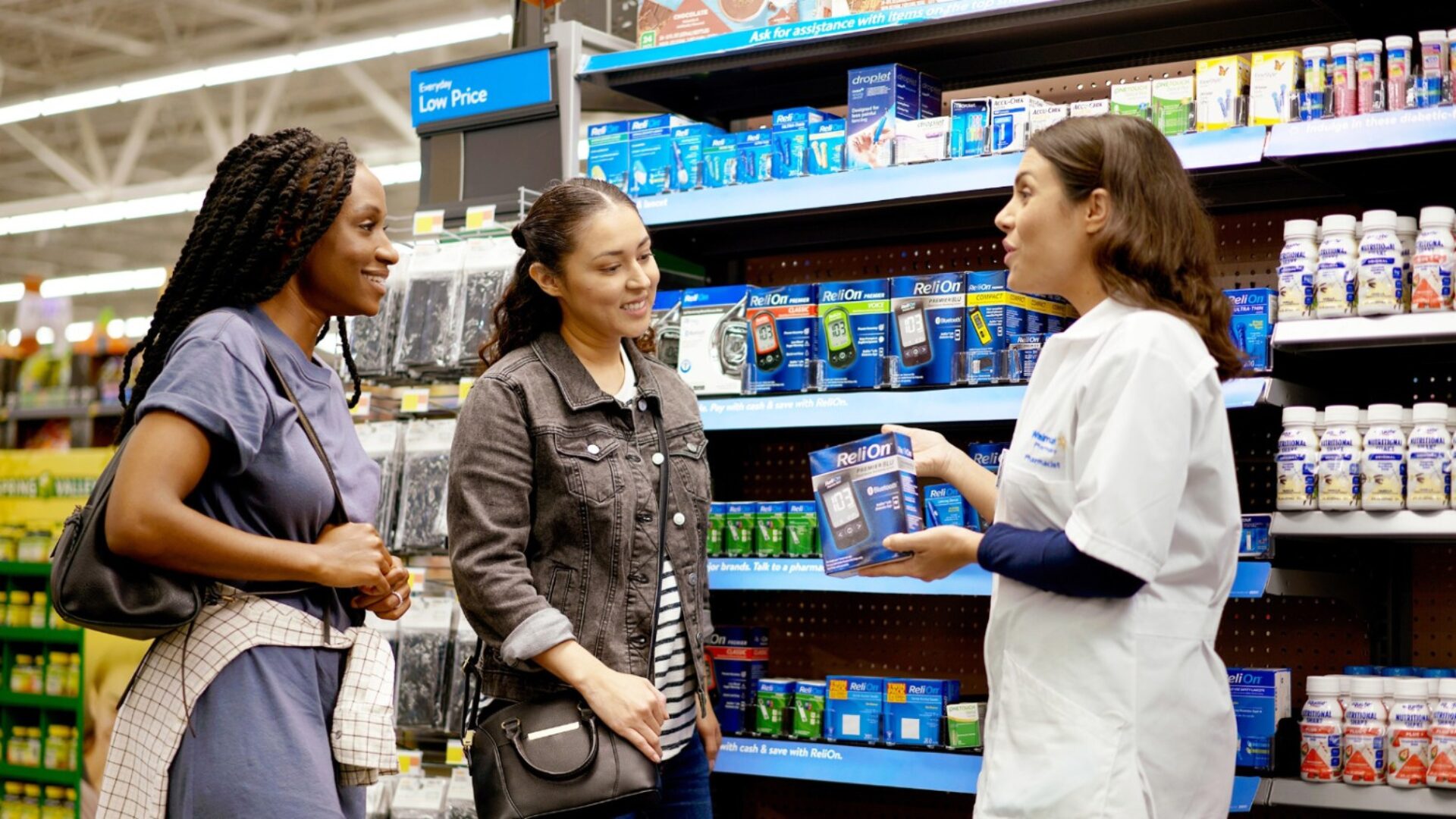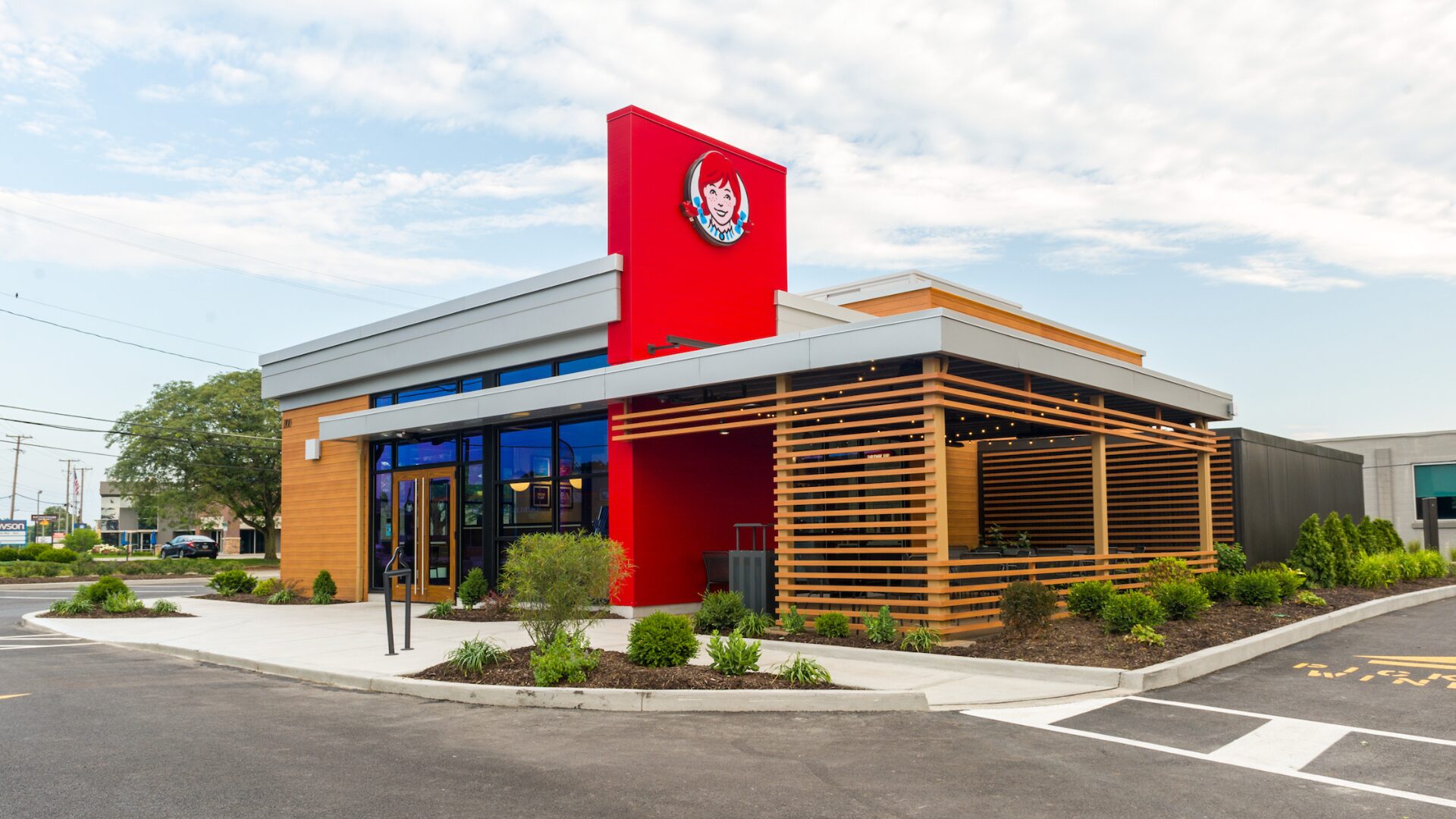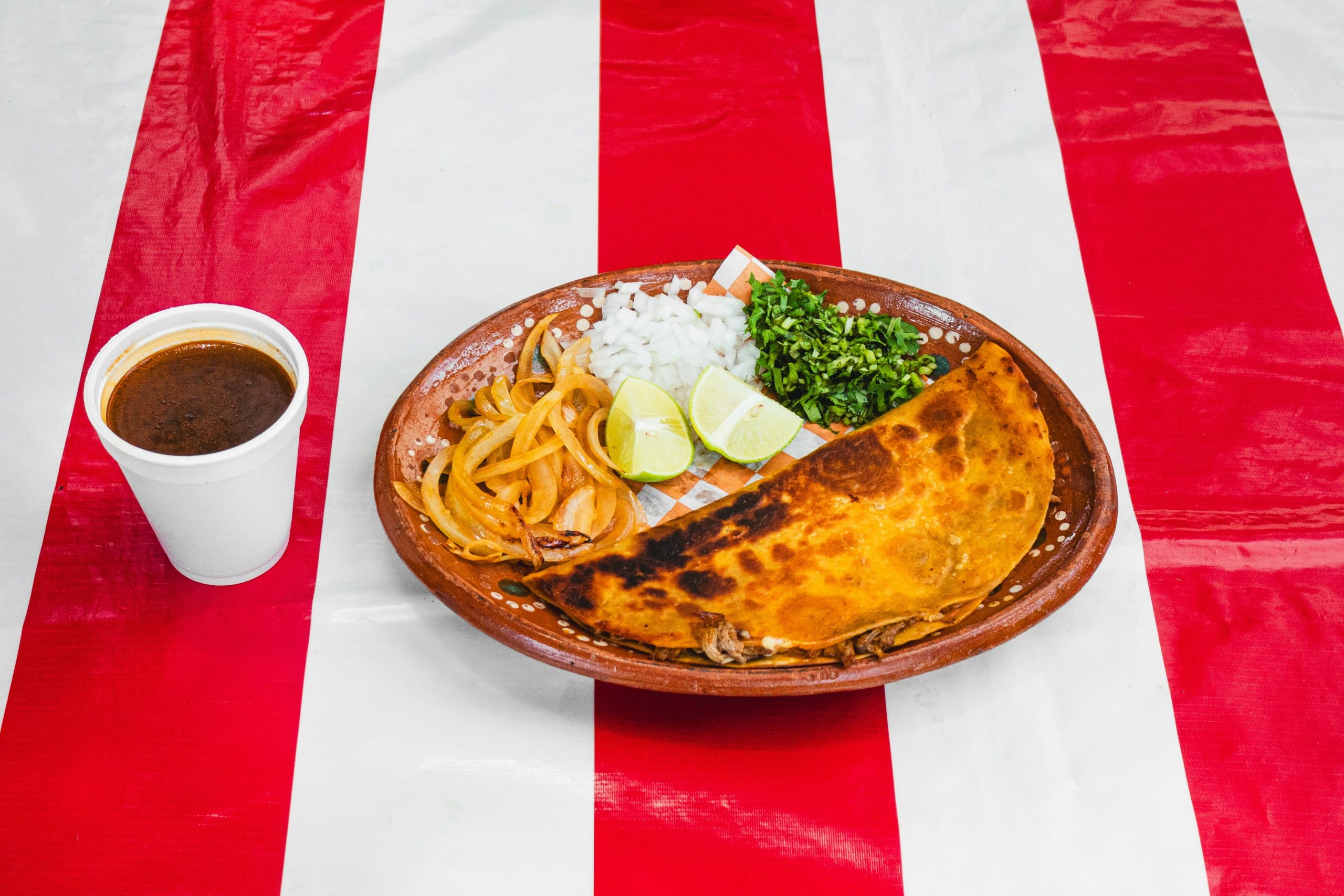Photo Courtesy of Walmart
More grocery lists appear to be reading: milk, eggs, butter, get back-to-school wellness checkup. The modern grocery store certainly isn’t your grandparents’ corner market anymore.
A new white paper from Placer.ai finds wellness offerings can have a positive impact on grocery store visitation patterns, boosting visits, attracting more affluent customers and driving loyalty.
“As grocery stores lean into healthcare, they’re transforming into multifaceted hubs that offer both essential health services and everyday shopping needs,” Placer.ai noted.
“Retailers like Kroger and H-E-B are reaping the benefits of boosted foot traffic, higher-income visitors, and strengthened community ties – while offering their shoppers convenience that helps streamline their daily routines,” the paper concluded.
Though groceries have offered pharmacies for years and more recently started providing vaccinations, primary care and urgent care, the research found that stores incorporating more extensive healthcare offerings like dental and mental health care, saw foot traffic increase even further. The facilities allowed providers to reach more patients and allowed shoppers to manage their health and home needs in one trip.
Placer.ai said in the first half of 2024, stores with in-store clinics drew more visits than their clinic-less peers.
Kroger has been in the in-store clinic business since 2003, offering pharmacies, clinics and telehealth options. It currently has 225 Little Clinic locations at its Kroger, Dillons, Jay C Food Stores, Fry’s and King Soopers stores. King Soopers, which generally are in more affluent areas, in the first half of the year attracted customers with an average income of $92,300, compared with an average $88,100 among all Kroger brands combined.
The clinics are especially popular with households with children. This special draw is likely linked to the clinics’ focus on family health services like physicals, nutrition plans, and vaccines.
“The convenience of being able to take care of healthcare, grocery shopping, and pharmacy needs all in one go makes these stores particularly attractive to parents,” the report said.
“And this jump in foot traffic shows the strategic advantage of incorporating healthcare services into the retail environment.”
The clinics appear to have a major impact on customer loyalty, as well. In an analysis of Kroger-branded locations in the Cincinnati area, data showed higher shares of customers making six or more stops at the store during the first half of 2024 than at stores without clinics, indicating that the more services offered, the stronger the draw.
H-E-B stores in Texas have been concentrating on wellness, with many of their 12 clinics inside stores.
“H-E-B has always placed a premium on community, stepping up to help local residents in times of need. And though the chain as a whole draws an overwhelming majority of its visitors from nearby areas, those with clinics do so even more effectively,” the paper said, suggesting wellness services are strengthening the chain’s connection to the community, and especially are appealing to middle-class customers.
The Food Institute Podcast
Restaurant results for the second quarter weren’t stellar, but people still need to eat. Are they turning to their refrigerators, or are restaurants still on the menu for consumers? Circana Senior Vice President David Portalatin joined The Food Institute Podcast to discuss the makeup of the current restaurant customer amid a rising trend of home-centricity.












